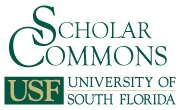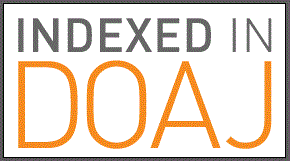Keywords
quantitative reasoning, quantitative literacy, journalism
Abstract
The news arguably serves to inform the quantitative reasoning (QR) of news audiences. Before one can contemplate how well the news serves this function, we first need to determine how much QR typical news stories require from readers. This paper assesses the amount of quantitative content present in a wide array of media sources, and the types of QR required for audiences to make sense of the information presented. We build a corpus of 230 US news reports across four topic areas (health, science, economy, and politics) in February 2020. After classifying reports for QR required at both the conceptual and phrase levels, we find that the news stories in our sample can largely be classified along a single dimension: The amount of quantitative information they contain. There were two main types of quantitative clauses: those reporting on magnitude and those reporting on comparisons. While economy and health reporting required significantly more QR than science or politics reporting, we could not reliably differentiate the topic area based on story-level requirements for quantitative knowledge and clause-level quantitative content. Instead, we find three reliable clusters of stories based on the amounts and types of quantitative information in the news stories.
DOI
https://doi.org/10.5038/1936-4660.15.1.1406
Recommended Citation
Voiklis, John, Jena Barchas-Lichtenstein, Bennett Attaway, Uduak G. Thomas, Shivani Ishwar, Patti Parson, Laura Santhanam, and Isabella Isaacs-Thomas. "Surveying the Landscape of Numbers in U.S. News." Numeracy 15, Iss. 1 (2022): Article 2. DOI: https://doi.org/10.5038/1936-4660.15.1.1406
Creative Commons License

This work is licensed under a Creative Commons Attribution-Noncommercial 4.0 License
Included in
Adult and Continuing Education Commons, Cognitive Psychology Commons, Journalism Studies Commons, Linguistic Anthropology Commons, Other Social and Behavioral Sciences Commons

